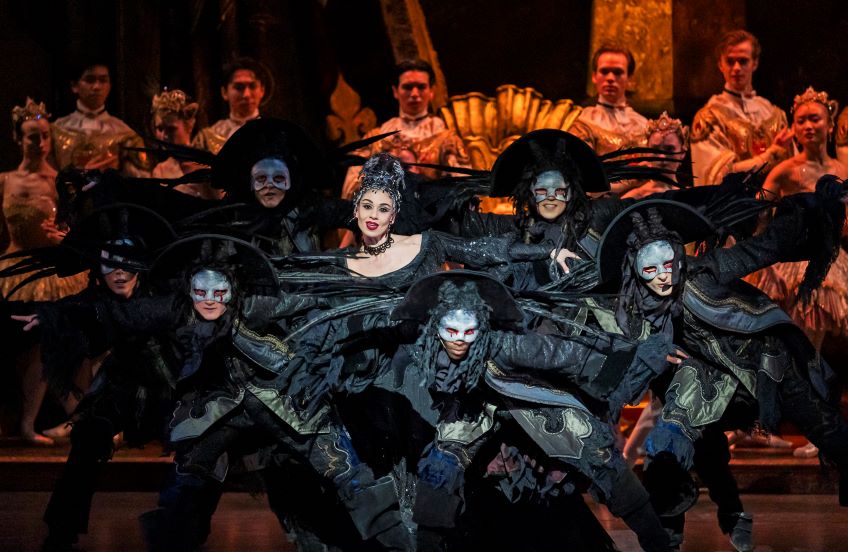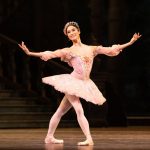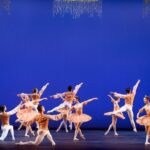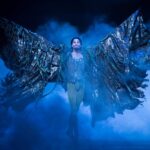One of my earliest ballet memories was seeing Margot Fonteyn dance Princess Aurora in the notoriously difficult Rose Adage – one of classical ballet’s great moments. Courted by four suitors, Fonteyn was able to hold her balance far longer than any Aurora I have seen since. She took all the time in the world, lifting her hand high each time before bringing it slowly down into each suitor’s palm.
Charles Perrault’s La Belle au bois dormant, one of the best-loved fairy tales, was first dramatized in England in 1806 and has been a great standby in British theatre ever since.
J.R. Planché’s extravaganza, produced at Covent Garden in 1840, was much admired for its singing, dancing and spectacle.
Fifty years later Tchaikovsky was thrilled when the Director of the Russian Imperial Theatre invited him to compose a ballet. The score was written to the exacting and detailed demands of the choreographer, Marius Petipa.
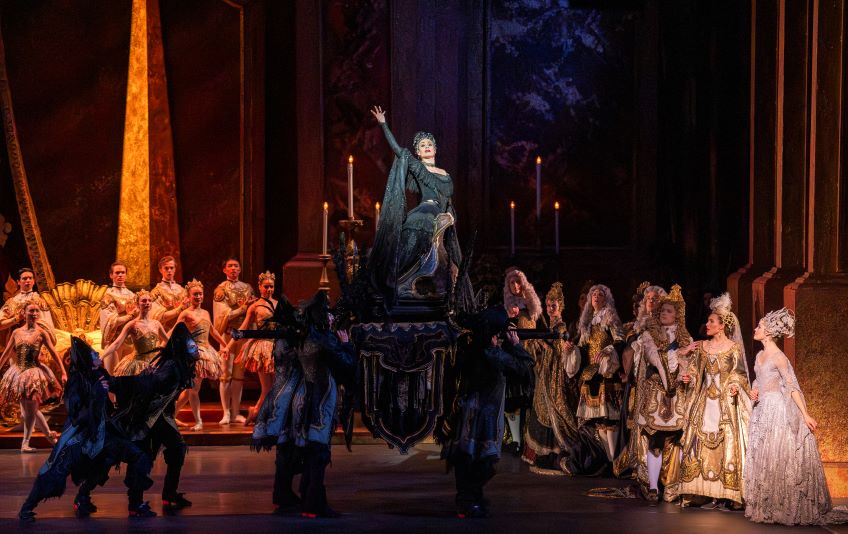
Now we have the opportunity to see one of the very best versions, the iconic Peter Wright production, 40 years old, a reminder of what classical ballet once was in all its spectacular grandeur.
No expenses have been spared. Philip Prowse’s elegant costumes, with their huge trains and headdresses, have been restored to their former glory. There are beautiful parades and tableaux. The carriage is magnificent.
Aurora Yu Kurihara and Lachlan Monaghan head the cast as Princess Aurora and Prince Florimund. Some might think, however, that the star roles in this instance are the Bad and Good Fairies. The most dramatic scene, in the opening christening prologue, is the arrival of an uninvited guest. Carabosse (Daria Stanciulescu), evil and menacing, has a wonderful entrance, carried high on a sedan chair by her pirate entourage, who are all dressed in black and move with impressive speed. The Lilac Fairy (Ellis Small), goodness personified, is a beautiful foil.
To learn more about Robert Tanitch and his reviews, click here to go to his website. 

